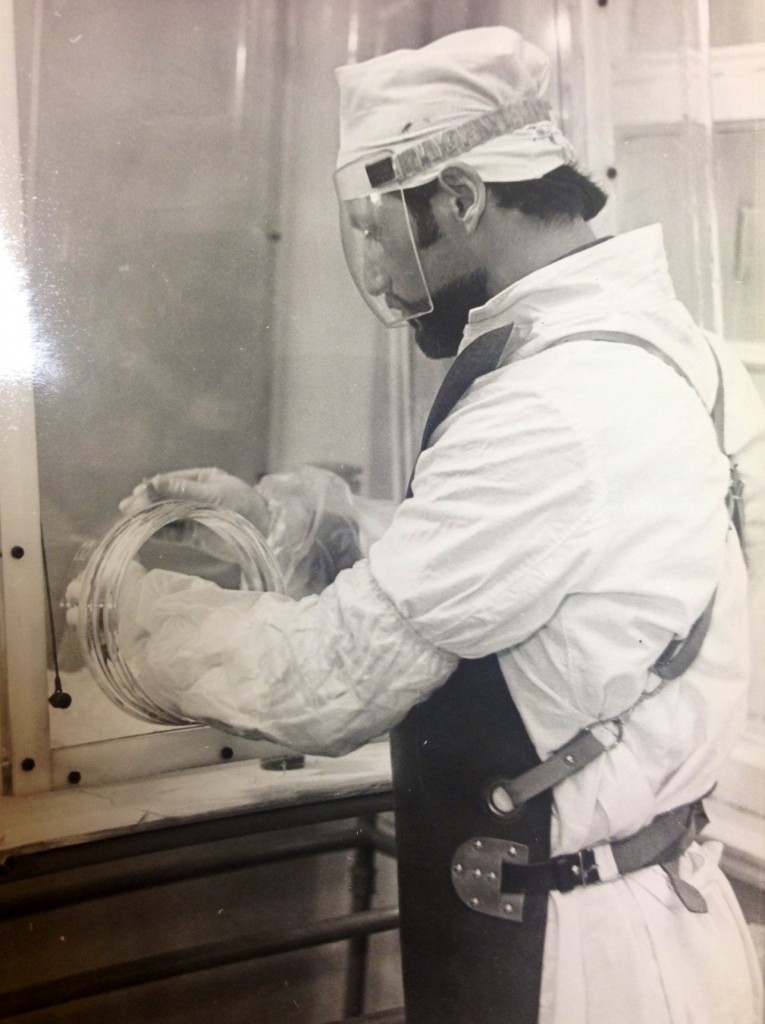“I (Dr. Silber) conceived of the idea that an amino bio-heterotrimer can be chemically assembled and manufactured in large industrial scale as a unique ion-bonded CREATINE alpha-KETOGLUTARATE compound, and display remarkably high biologic activity, stability and safety. Hence Rugenix was born.”
I also claim that Rugenix is superior to its individual constituents by biological activity and physiological effects on skeletal muscle growth, strength, and power output in any sports elite athletes and also general fitness athletes pursuing high-intensity short duration power training concept.
Important to note that I pioneered in obtaining the first experimental samples of laboratory made covalently bound Creatine alpha-Ketoglutarate in 1994 at the Washington State University. The Formula was later tested during the year 1997 on Russia’s Olympic Track & Field athletes, US Power weight lifting athletes, and in US Olympic women swim teams. Pronounced increases in muscle size, strength, ballistic properties, body composition, and athletic performance were observed in these pilot studies (Silber, 1998).
BACKGROUND FOR THE IDEA
This idea is generally directed to methods for preparation of amino bio-heterodimers and trimers and use for oral supplementation in order to rapidly increase in skeletal muscle growth, strength, power output, and as anti-fatigue in elite athletes (Olympic and Professional), as well as for fitness in general population.
The link between the alpha-ketoglutaric acid metabolic cycle and catabolic conditions in actively contracting skeletal muscle has been known since the early 1990’s. The particular role of dietary supplemented glutamine and its natural derivatives in arresting the process of muscle protein waste caused by stress has been epitomized (Wusteman et al., 1995; Vaubourdolle et al.,1991; Roth et al., 1990; Furst et al., 1990). These observations have also highlighted to the unique biological properties of glutamine, compared to other amino acids, i.e., its abundance in the body (plasma, skeletal muscle, liver, kidney, intestines), its intra-cellular presence in quantitative amounts, its role in the reactions of nitrogen and carbon transport among tissues, and its importance as a primary oxidative fuel in rapidly dividing intestinal and stimulated lymphocytes, as well as oxidative fuel and essential structural element for growing (undergoing hypertrophy) cells. Glutamine administered to human subjects as amino bio-heterodimer Glycylglutamine resulted in rapid and significant increase in the arterial concentration of glycine and glutamine, with less than 1 % of the infused amino-heterodimer recovered into urine.
Futhermore, Alanyl-Glutamin, Alanyl alpha-Ketoglutarate, and Ornithine alpha-Ketoglutarate have been shown to moderate consistently the degree of negative nitrogen balance, effectively increased the intramuscular concentration of free glutamine, and maintained the concentration of the ribosomes in skeletal muscle in distressed (hypercatabolic) patients. It was concluded then that feeding amino acid glutamine or its derivative alpha-ketoglutarate as C-terminal located residue in an amino bio-heterodimer, results in increased protein synthesis in the body (Lochs and Hubl, 1990). In other clinical studies it was shown that glutamine and its derivatives do elevate plasma glutamine without changing the ammonia concentration gradient (Shils, 1994).
 Shopping Cart
Shopping Cart